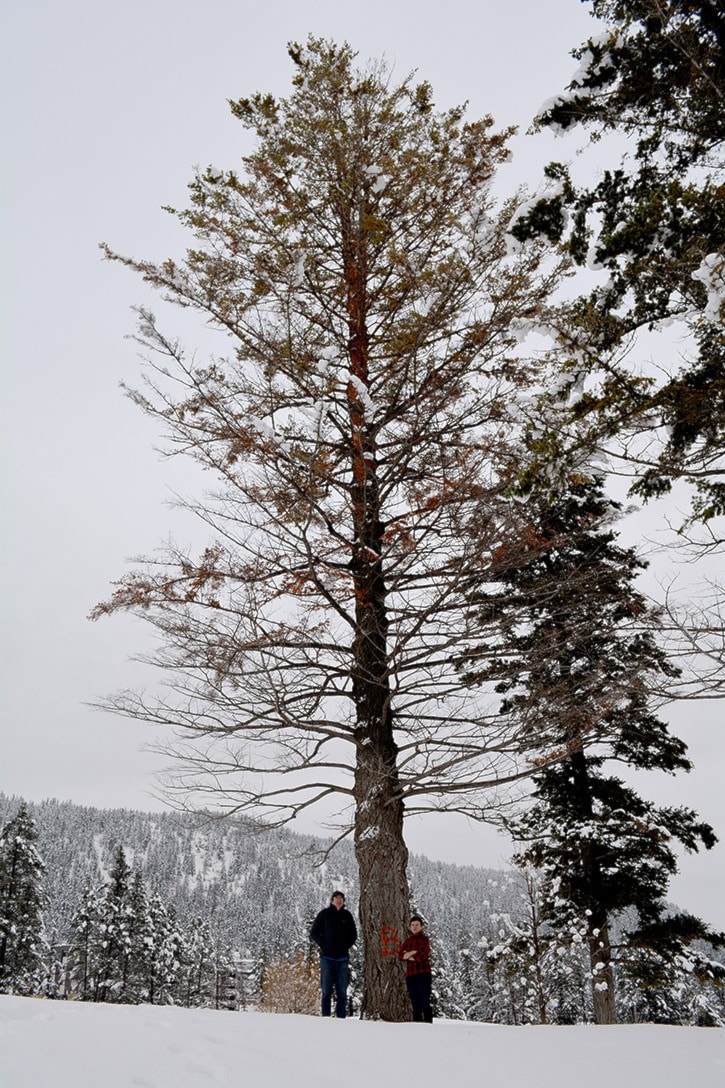Since the wildfires of 2009 and 2010, the Douglas-fir beetle has been hard at work killing trees in the Cariboo-Chilcotin, according to Cariboo Region forest entomologist Jodi Axelson.
“The ecology of this beetle is that fires will fire-up the population,” Axelson said. “A lot of that increase is now quite visible. When you look around the valley, down the Highway 97 corridor, or on the golf course you will see a lot of red trees.”
When large wildfires occur, often a number of trees on the outskirts of the burnt area are damaged, scarred and weakened.
“Those are exactly the kind of trees, when the populations are low, that the beetles will go to,” Axelson said. “If you get enough of these damaged trees on the landscape, over a number of years you’ll see the population build because there’s so much available host to them.”
Axelson said signs of infested trees can be discoloured foliage, with needles turning yellow, bright pink-red and then a dark rust.
“A Douglas-fir tree that is experiencing a current attack may maintain a green, healthy-looking crown for many months, but it’s important to understand that live beetles emerge the following year and infest nearby trees.”
If people see a pale green, yellow, red, brown or grey Douglas-fir tree on or near their property, they are asked to check the surrounding trees to determine if they have also been infested with Douglas-fir beetles.
To raise public awareness about the Douglas-fir beetle, Axelson has created a four-page brochure for landowners to help mitigate the beetle’s spread.
It was made available Friday on the Ministry of Forests, Lands and Natural Resource Operations website and can be printed at home, or picked up at the ministry’s offices.
“I hoped to give people some guidance on how to deal with it in their own lives and on their own property,” Axelson said.
While the best thing to do is cut the trees down and ideally remove them from the site, if people want to use the wood for firewood, they need to remove the bark.
“If you were to cut up the wood and stack it, those beetles are highly likely to still survive,” she warned.
The Douglas-fir beetle is very small, similar to the mountain pine beetle, and thousands can live on one tree. And those thousands of beetles are also doing the same thing the mountain pine peetle was doing to pine.
They bore underneath the bark, mine the cambium and lay all their eggs. The eggs hatch into pupa that eat their way into the tree.
“The really large Douglas Fir that are most susceptible to the Douglas-Fir Beetle are really lovely trees to have on our property, in our parks and around us,” she said. “It’s sad to see those trees go.”
